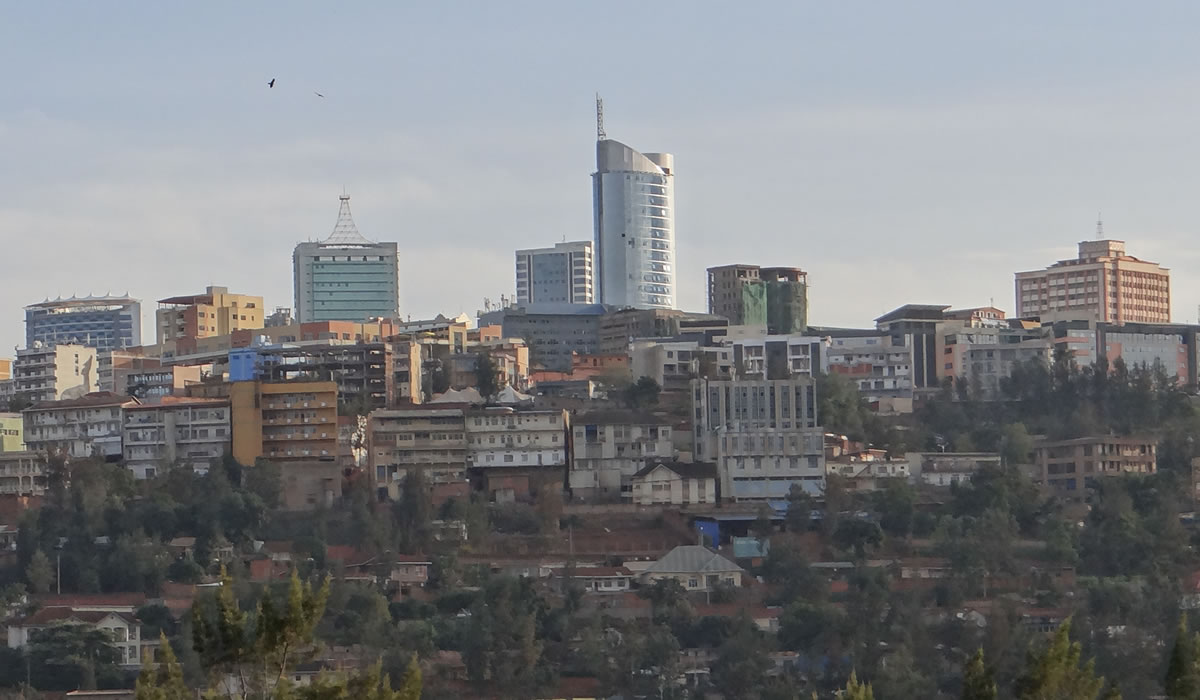Nestled among rolling hills and lush greenery, Kigali, the capital of Rwanda, is one of Africa’s cleanest, safest, and most progressive cities. Often the starting point for those visiting Rwanda’s renowned national parks or mountain gorillas, Kigali itself is a destination that richly rewards exploration. A Kigali city tour offers a perfect balance of history, culture, innovation, art, and hospitality. Whether you’re interested in Rwanda’s complex past, its vibrant present, or its promising future, touring Kigali gives a multi-dimensional view of the nation’s heart and soul. This article provides a detailed guide to what a Kigali city tour entails, highlighting must-see attractions, cultural experiences, culinary delights, and practical tips for travelers.
Kigali, founded in 1907 during the German colonial era, became Rwanda’s capital in 1962 when the country gained independence. Located at the geographic center of Rwanda, the city is both the political and economic heart of the nation. Kigali has experienced rapid development, particularly in the past two decades, transforming from a city marked by the tragedies of the 1994 genocide into a thriving urban hub known for its safety, cleanliness, and innovation.
With a population of over 1 million people, Kigali sprawls over several hills and valleys. Unlike many African capitals, Kigali is well-planned, relatively traffic-free, and environmentally conscious. The city tour presents a compelling mix of modern skyscrapers, traditional markets, memorials, and green spaces.

Popular Stops on a Kigali City Tour
Most guided city tours in Kigali last anywhere from half a day to a full day and include a variety of attractions. While itineraries may vary slightly depending on the tour operator or personal interests, the following are essential stops that offer a comprehensive overview of the city.
- Kigali Genocide Memorial
No Kigali city tour is complete without a visit to the Kigali Genocide Memorial, located in Gisozi. This memorial serves as a place of remembrance for the victims of the 1994 Genocide against the Tutsi, during which over 800,000 people were killed in just 100 days.
The memorial contains mass graves where over 250,000 victims are buried, as well as an informative museum with exhibits detailing the causes, events, and aftermath of the genocide. Visitors walk through powerful displays of photographs, survivor testimonies, historical documents, and personal belongings of the victims. The experience is sobering and emotional but essential for understanding Rwanda’s history and its path to reconciliation and healing.
- Camp Kigali Memorial
This site commemorates the ten Belgian UN peacekeepers who were killed on the first day of the genocide. The original bullet-riddled building still stands, and a series of stone pillars represent each soldier. The site adds depth to the historical context presented at the Kigali Genocide Memorial and illustrates the international dimension of Rwanda’s past.
- Kimironko Market
For a lively, colorful glimpse into local life, Kimironko Market is a must-visit. This bustling hub is the largest market in Kigali and offers everything from fresh produce and spices to handmade baskets and fabrics. Visitors can interact with local vendors, observe Rwandan bargaining culture, and purchase souvenirs. It’s also a great place to see Rwanda’s famed kitenge fabrics, vibrant cloths that can be tailored into traditional or modern garments.
- Nyamirambo Neighborhood
Located in the southwest of the city, Nyamirambo is Kigali’s most diverse and lively neighborhood, known for its mix of cultures and religious communities. A walking tour through Nyamirambo often conducted by local women’s cooperatives allows visitors to engage with the real Kigali beyond tourist sites. You can visit family homes, hair salons, local mosques, and food stalls while learning about daily life from the residents themselves.
These tours often end with a traditional home-cooked Rwandan meal, giving you a taste of authentic local cuisine and hospitality.
- Inema Arts Center
Rwanda has a burgeoning contemporary art scene, and the Inema Arts Center is at its forefront. Founded by two Rwandan brothers and artists, Inema provides a platform for local artists to showcase their work in painting, sculpture, and mixed media. The center is housed in a creative space that also features a gallery, café, and regular live performances. It’s an excellent place to purchase original artwork or simply be inspired by the vibrant creativity of young Rwandan artists.
- Kigali Convention Centre and the Kigali Heights
One of the most iconic structures in Kigali, the Kigali Convention Centre, is a striking architectural marvel, especially when lit up at night. Nearby is Kigali Heights, a modern business complex with high-end restaurants, cafes, and boutiques. This area illustrates the modern, progressive side of Kigali and offers a good contrast to more traditional parts of the city.
- Presidential Palace Museum (Kigali State House Museum)
Located in the eastern suburb of Kanombe, this former home of the late President Juvenal Habyarimana offers insights into the events leading up to the 1994 genocide. Visitors can tour the house and see artifacts from the period, including the wreckage of the presidential plane that was shot down in April 1994 an event that triggered the genocide. Although currently under renovation as of 2025, it remains an important historical site.
Culinary Delights on the Tour
Food is a key part of any cultural tour, and Kigali’s culinary scene does not disappoint. A city tour typically includes stops for coffee, lunch, or even a full dinner depending on the duration.
- Rwandan Coffee: Rwanda is known for its high-quality Arabica coffee. Stop at cafes like Question Coffee or Bourbon Coffee for a cup brewed from locally sourced beans. These cafes also support women’s cooperatives and fair trade practices.
- Traditional Rwandan Dishes: Try dishes like ugali (a starchy side dish made from maize flour), brochettes (grilled meat skewers), ibihaza (pumpkin stew), and isombe (cassava leaves). Many restaurants offer buffet-style meals featuring a wide range of Rwandan and East African dishes.
- International Cuisine: Kigali also caters to international tastes with Indian, Chinese, Italian, and Lebanese restaurants scattered around the city.
Cultural and Social Experiences
Many city tours also include interactive experiences that allow visitors to engage with local culture in a hands-on way:
- Basket Weaving Workshops: Learn traditional weaving techniques from local artisans.
- Drumming and Dance: Some tours include performances or lessons in Rwandan traditional dance and drumming, often organized by community arts centers.
- Cooking Classes: Learn how to prepare local dishes from scratch in a local home or cooperative kitchen.
These activities not only enhance the tourist experience but also contribute to community-based tourism, empowering local residents and promoting sustainable travel.
The Rwandan people are warm, respectful, and proud of their country’s progress. A polite and open-minded attitude will go a long way in making your tour enjoyable.
A Kigali city tour offers much more than a surface-level look at a modern African capital, it’s a deep dive into a resilient, forward-thinking society shaped by its past and embracing a dynamic future. From genocide memorials that educate and honor history, to bustling markets and arts centers that celebrate life and creativity, Kigali provides a moving and enriching travel experience.
Whether you’re visiting Rwanda for wildlife adventures, business, or cultural immersion, spending a day or two touring Kigali adds depth, understanding, and appreciation for the country as a whole. It’s a city of contrasts and harmony where tradition meets technology, remembrance meets resilience, and every hill reveals a new perspective.

